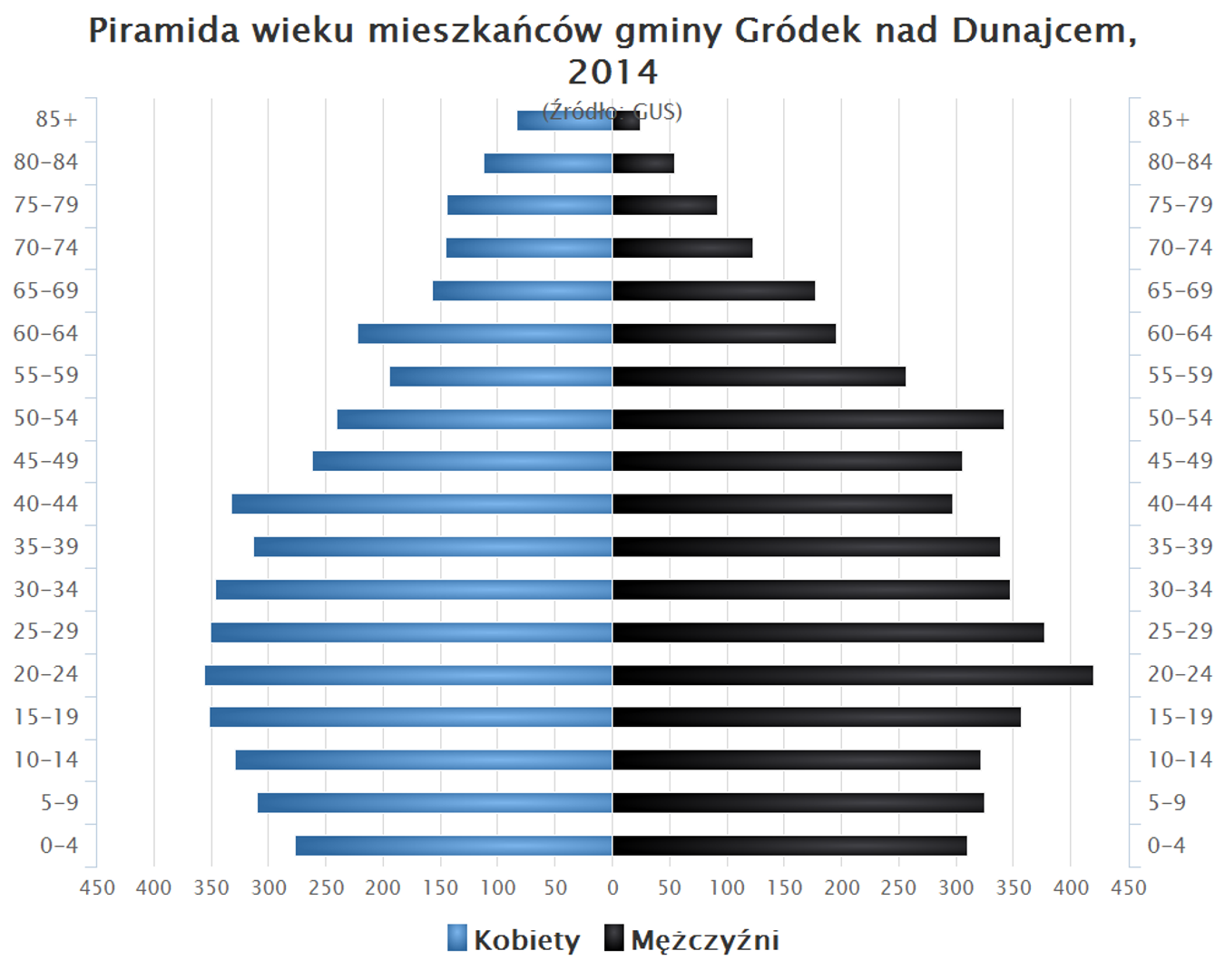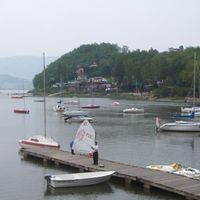Gródek nad Dunajcem
6.8

Overview
Gródek nad Dunajcem is a municipality with a rich history dating back to the 14th century, formed from the merger of the villages of Kobyle and Gródek. The name "Gródek" comes from the castle defending the Dunajec River valley, which in 1390 belonged to three brothers and in 1410 passed into the hands of Archbishop Piotr of Kurów. The castle ruins can be seen on a hill called "Małpia Wyspa" (Monkey Island), which was formed as a result of the flooding of the Dunajec valley in 1942, leading to the creation of Lake Rożnowskie. In Rożnów, there is also a 14th-century castle that was the site of the famous wedding of Zawisza Czarny (Zawisza the Black). In the 16th century, Hetman Tarnowski built a fortified residence of the "palazzo di fortezza" type in Rożnów. The municipality was also affected by the events of World War II when Governor Hans Frank built a villa with a swimming pool in Gródek. The municipality consists of numerous village districts and, thanks to its location, is a popular tourist destination offering various forms of accommodation and activities. Anglers particularly value Lake Rożnowskie, and the water quality improved after the construction of a sewage treatment plant in Nowy Sącz. The municipality features three main tourist trails – red, blue, and yellow – which have their origins in the construction of the dam in Rożnów in the 1930s. These trails run through the picturesque areas of the Rożnów Foothills, making the municipality attractive to hikers and cyclists. The municipality is home to many monuments, such as wooden churches in Podole, Rożnów, and Przydonica, as well as a brick church in Zbyszyce. The ruins of the 14th-century Rożenów Castle and the 19th-century classicist manor in Rożnów are also important architectural elements of the region. Gródek nad Dunajcem stretches from Lake Czchowskie to Lake Rożnowskie, covering an area of 88.17 km², of which 51% is agricultural land and 29% is forested. In 2017, the population of the municipality was 9,235, making it a dynamically developing area in the Lesser Poland Voivodeship. The municipality borders Chełmiec, Czchów, Korzenna, Łosina Dolna, and Zakliczyn, and its tourist-agricultural character favors further development and attracts visitors.
Location
You can also find here:
2025 Wizytor | All Rights Reserved

